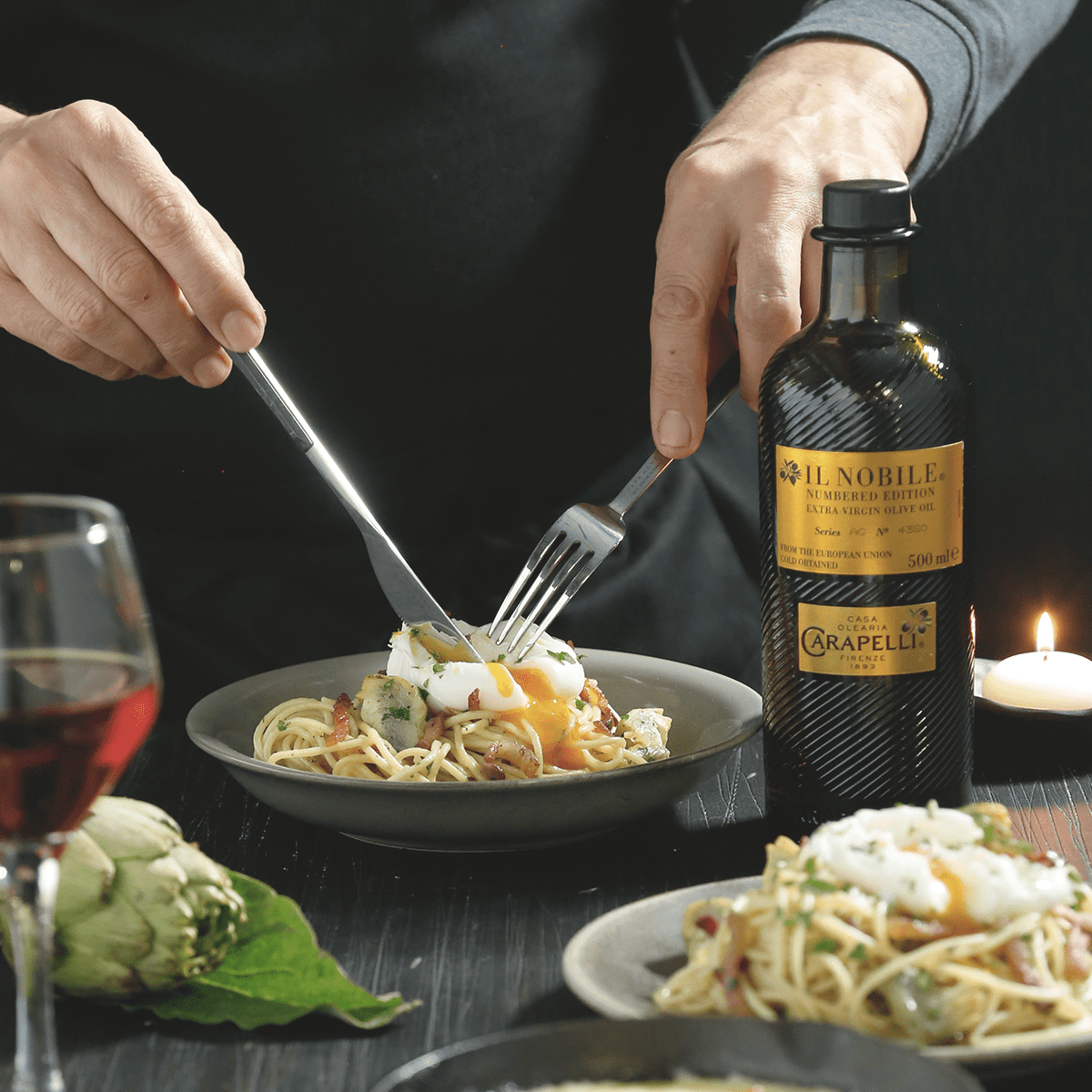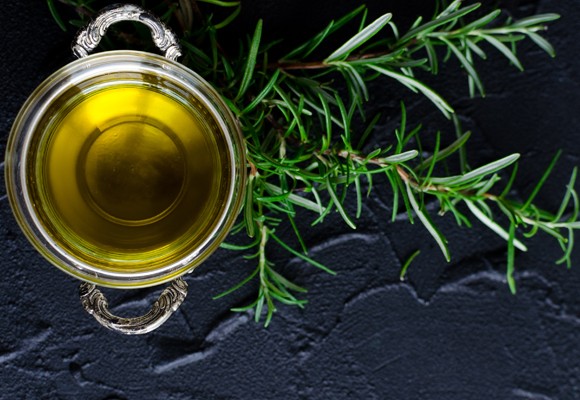It is true that quality production requires greater economic investment and, as a result, the final product cannot be overly cheap. However, some brands take advantage of this logical reasoning and increase the price of olive oil to mislead those who are less knowledgeable.
Price isn’t everything
There are superior quality extra virgin olive oils that can be bought at a reasonable price, so price cannot be considered grounds for selection. These four essentials for recognizing a good olive oil can help you select the most appropriate oil, without having to overspend:
• It is extra virgin. Either because this is specified on the label or because it has less than 0.8º acidity.
• It has been produced through cold processes. The packaging of the oil must indicate that the oil was cold pressed, or cold extracted, to ensure that the oil is full of beneficial qualities.
• Its packaging is dark and made of good material. A dark glass bottle is something that is noticeable more quickly than the price of olive oil. This type of packaging is essential to protect the oil and conserve it in perfect condition.
• Its expiration date. The fresher the product is, the more nutrients and organoleptic properties it will have. Make sure the expiration date is a reasonable time after the time of purchase.
A product like Carapelli oil, cared for through each step of production and designed to give pleasure to those who consume it, doesn’t need to raise its prices. That’s why the price of olive oil should never be used as a benchmark of distinction.




